no.89: This worm eats plastic & scientists took it a step further

Hey friend,
Last weekend, I had the incredible fortune of camping on Santa Cruz Island, one of several that are a part of the Channel Islands National Park.
It was unbelievable.
I saw about 200 dolphins, a few whales, at least 25 (very brave and curious) foxes, more birds than I can count, and the most incredible island views filled with sunsets, sunrises, and stars. And it was all in just 24 hours!
Beyond the great experience, being off-grid and with no signs of civilization around really cleansed my brain. Which makes me wonder... when's the last time you've been surrounded by nature?
If your answer is some form of I can't remember, it's probably time to hit up a park, touch the ground, and lose yourself in the sky!
And if you're not near a park, at least try and soak up some sun. No matter where you are and what's going on, we need to be outside with Mother Nature to be full.
But in the meantime, enjoy this week's good news...
The good from Friday, February 16
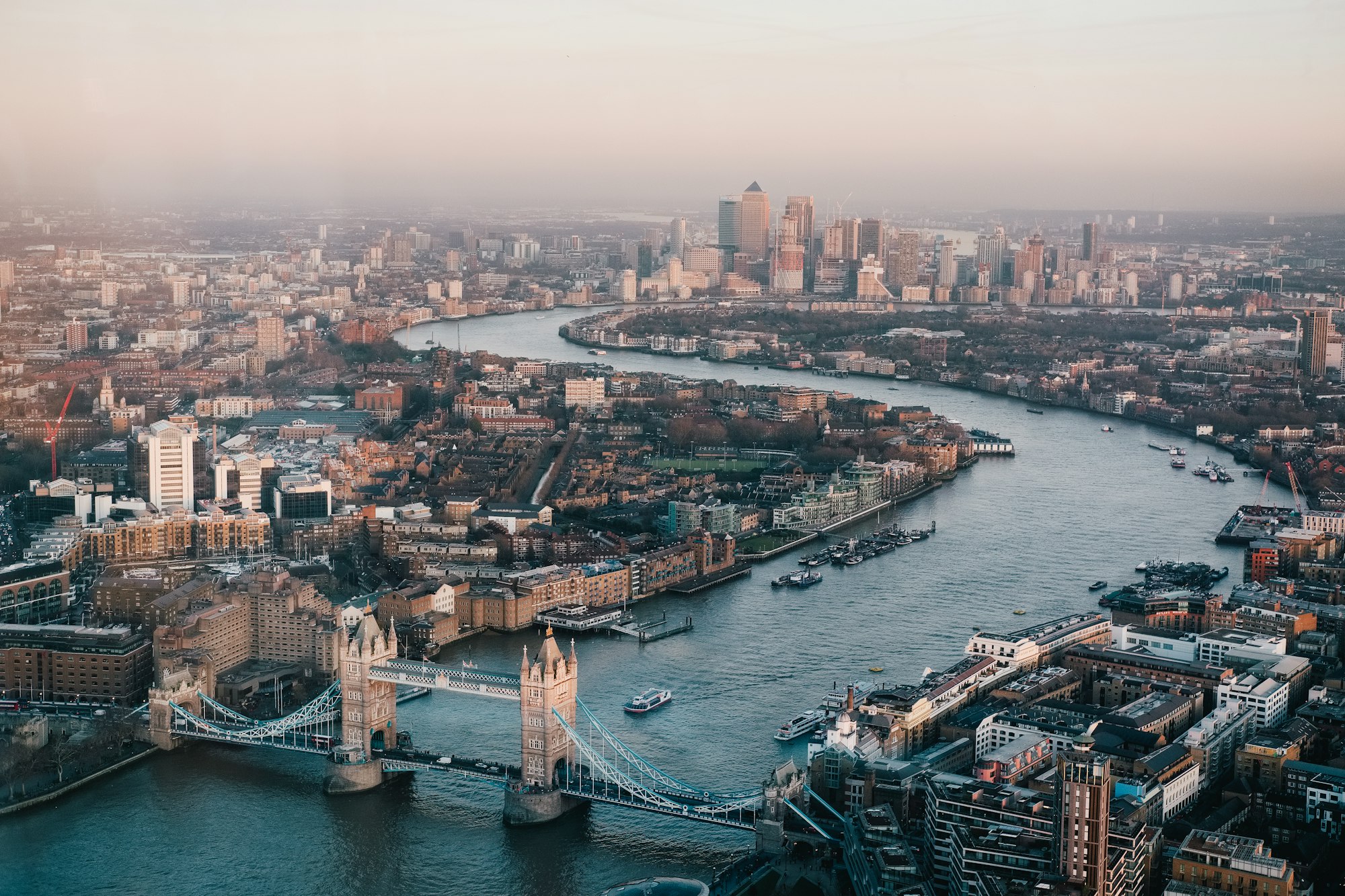
England is launching impressive rules that require housing developments to create a 10% INCREASE in biodiversity compared to before construction, meaning all buildings will make a net gain in biodiversity. (The Guardian)
As cannabis is becoming more widely accepted, so is hemp as a more environmentally friendly building material called hempcrete which can replace concrete while removing CO2. (The Guardian)
The Dominican Republic has incredibly reforested nearly a fifth of its land in 10 years through the Plan Yaque project working with local farmers and landowners to restore wildlife habitats. (El Pais)
Electricity-powered heat pumps outsold gas furnaces by 21% in the US last year, likely due to better energy efficiency, environmental benefits, and IRA tax incentives. (Canary Media)
The good from Monday, February 19
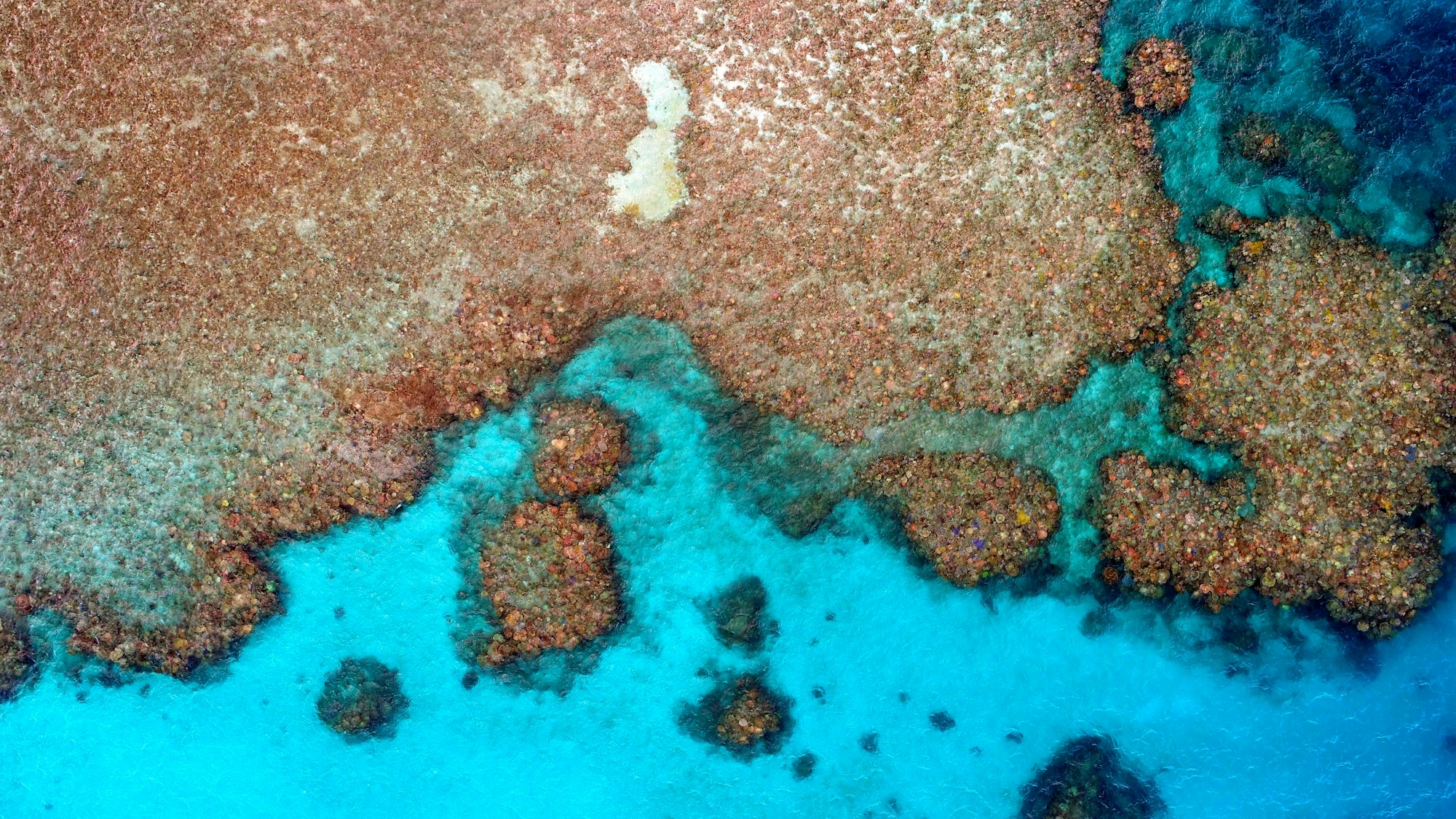
The amount of coral that covers our planet is larger than previously thought by as much as double, made evident by a new high-resolution assessment which shows about 348,000 square kilometers, an area larger than New Mexico. (Bloomberg)
Any energy project proposal on US tribal land must now gain the consent of the respective tribe to be approved by FERC, bringing some long overdue power and input back to many tribes. (Inside Climate News)
The River Mersey has had perhaps the greatest river recovery Europe has seen, moving from "biologically dead" to filled with 45 species of fish and sharks thanks to environmental improvements with continued action needed to keep this up. (Liverpool World)
The NY HEAT Act was proposed to reduce fossil fuel subsidies and incentives for utilities to help accelerate the electrification of buildings and to cap energy bills at 6 percent of income. (Canary Media)
The good from Tuesday, February 20
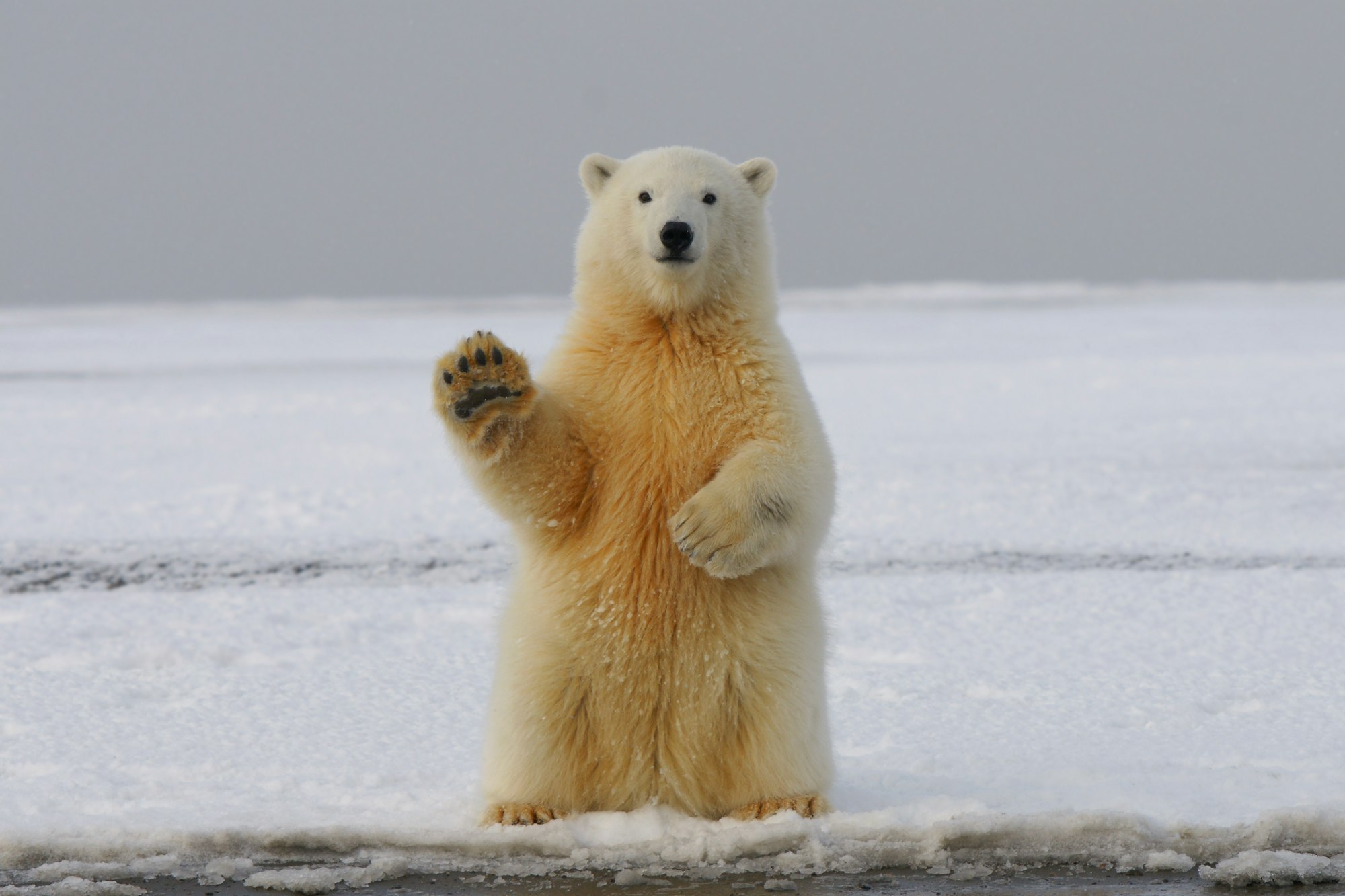
Indigenous knowledge and science have come together in an Inuit-developed app called SIKU which enables Arctic communities to document environmental observations, track wildlife, and share traditional knowledge on resource management. (Hakai Magazine)
One of the most biodiverse places in North America, the Mobile-Tensaw Delta, is now permanently protected thanks to a $15 million land purchase by The Nature Conservancy in Alabama. (AL)
The governor of California has unveiled a plan to restore declining salmon populations by removing dams, improving fish passages, and restoring river flows to aid migrating fish. (Calmatters)
These stunning photos document the process of Kenya moving 21 critically endangered eastern black rhinos to the Loisaba Conservancy to help the rhino populations grow. (The Guardian)
The good from Wednesday, February 21
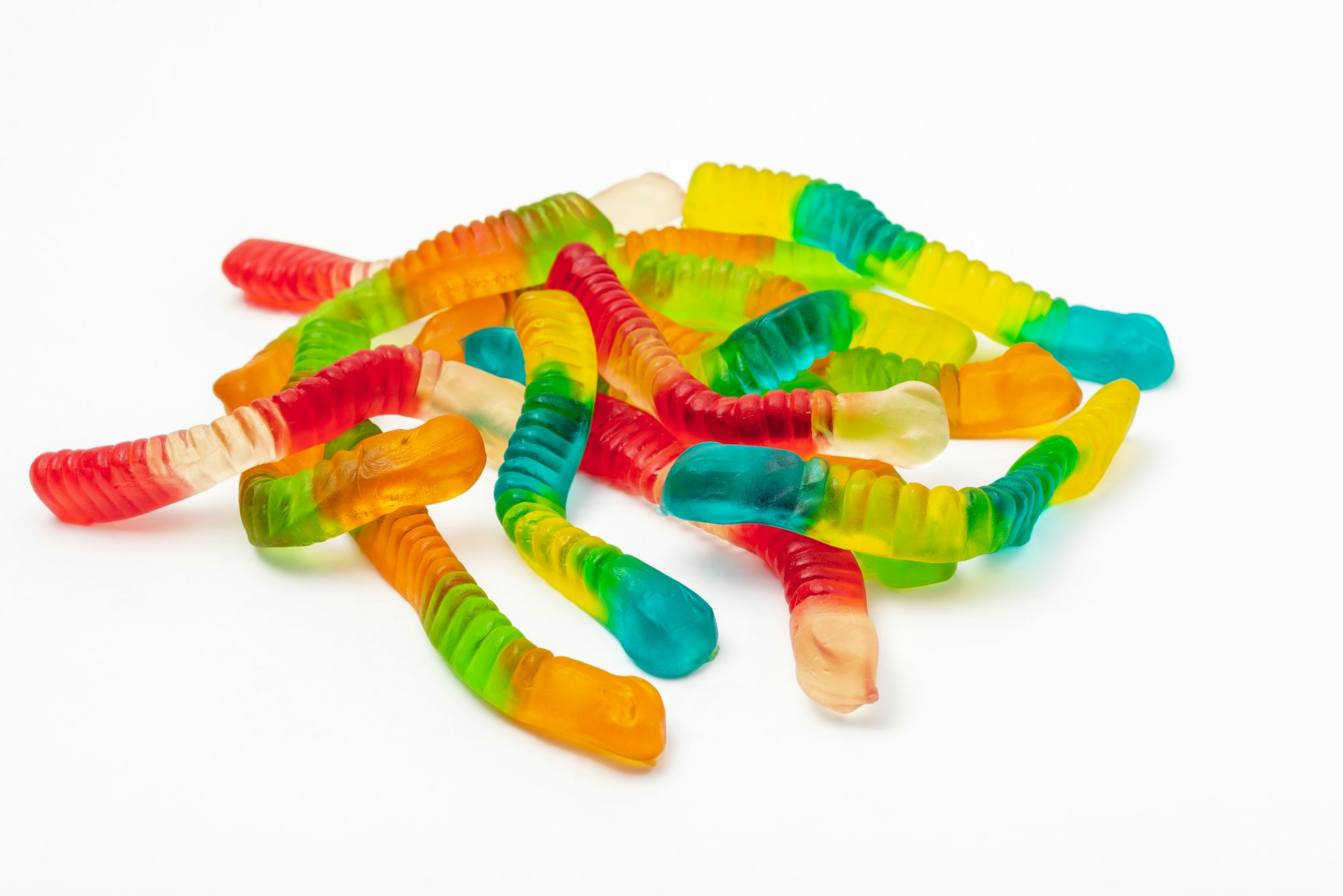
Mother Earth’s just dropped a new worm that eats plastic...
The bacteria in the gut of these worms called Zophobas atratus, can break down plastic into food & thus energy for the worms. And I don’t know, Duolingo doesn’t offer wormish so I can’t ask them, but these little guys seem satisfied as they munch away.
And honestly, the nutritional value can’t be that much worse than some of the stuff we eat...
But still, these critters are pretty tiny and can only eat a few milligrams in their lifetimes, so scientists from the Nanyang Technological University in Singapore took this a step further. They recreated the gut microbes in the lab to make an artificial worm gut and fed some plastic to it.
Which turned out to be even more effective and faster at breaking down plastics.
They published their results in the Environmental International journal last month, showing promise for a scalable way to literally eat away at the world’s plastic problem.
I gotta know your thoughts on this one, is it a good solution or should we just leave these little wormies alone? Let me know in a comment on today's post!
The good from Thursday, February 22
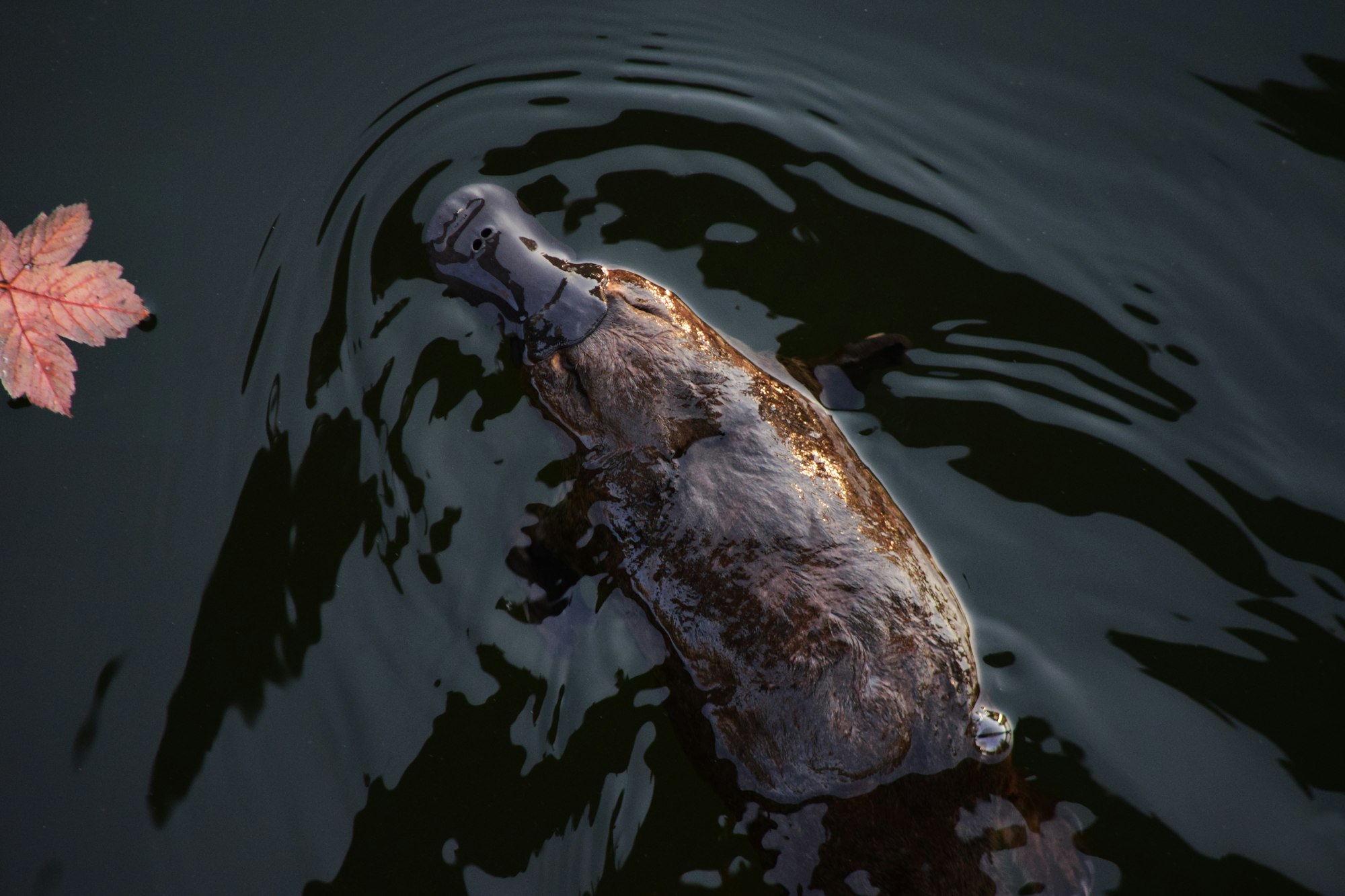
The oldest wild platypus was just found in Australia, at almost 24 years old, and offered insight into how it was able to live through years of drought, pointing to reliable water sources and offering hope for their future resiliency. (NYT)
Chocolate, which is without a doubt the greatest food on Earth (😉), usually wastes 75% of the cacao pod, but a bunch of other uses are now on the radar to reduce waste and boost income like animal feed, biochar, energy, cocoa flour, and sweet beverages from the pulp. (WRI)
California proposed a new bill that would ban single-use cups at restaurants and instead require a reusable cup in a very obvious way to reduce waste with really no sacrifice. (Ecowatch)
Every single US state and territory is getting clean water improvements like replacing lead pipes and getting more reliable clean drinking water via $5.8 billion in funding that was just announced. (AP)
Bonus stories

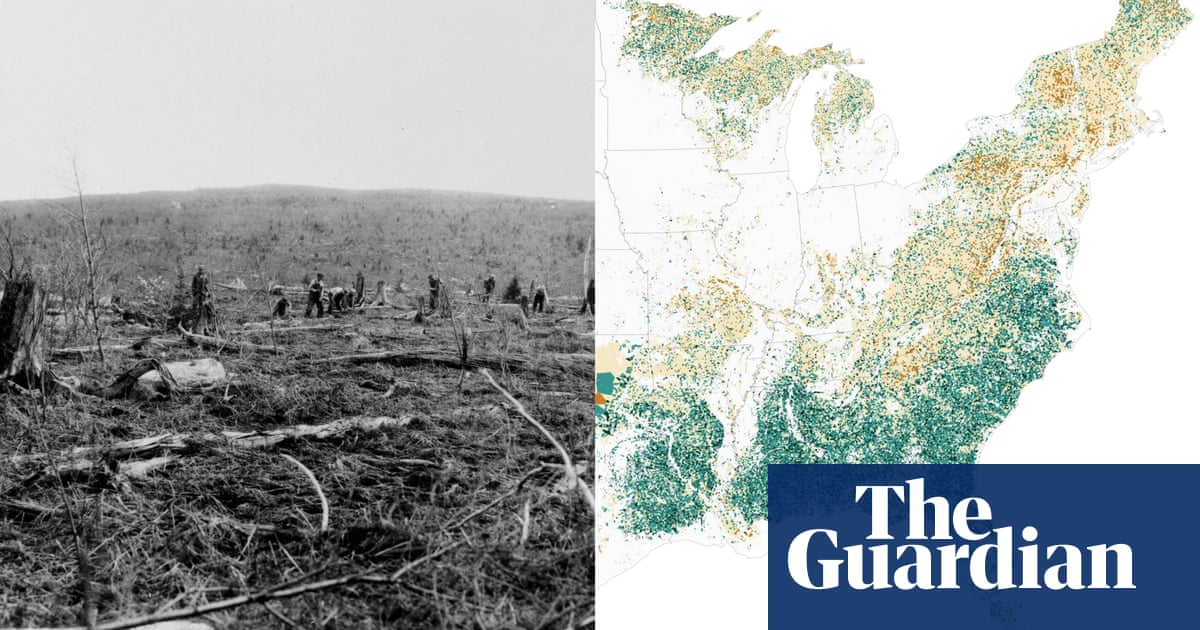

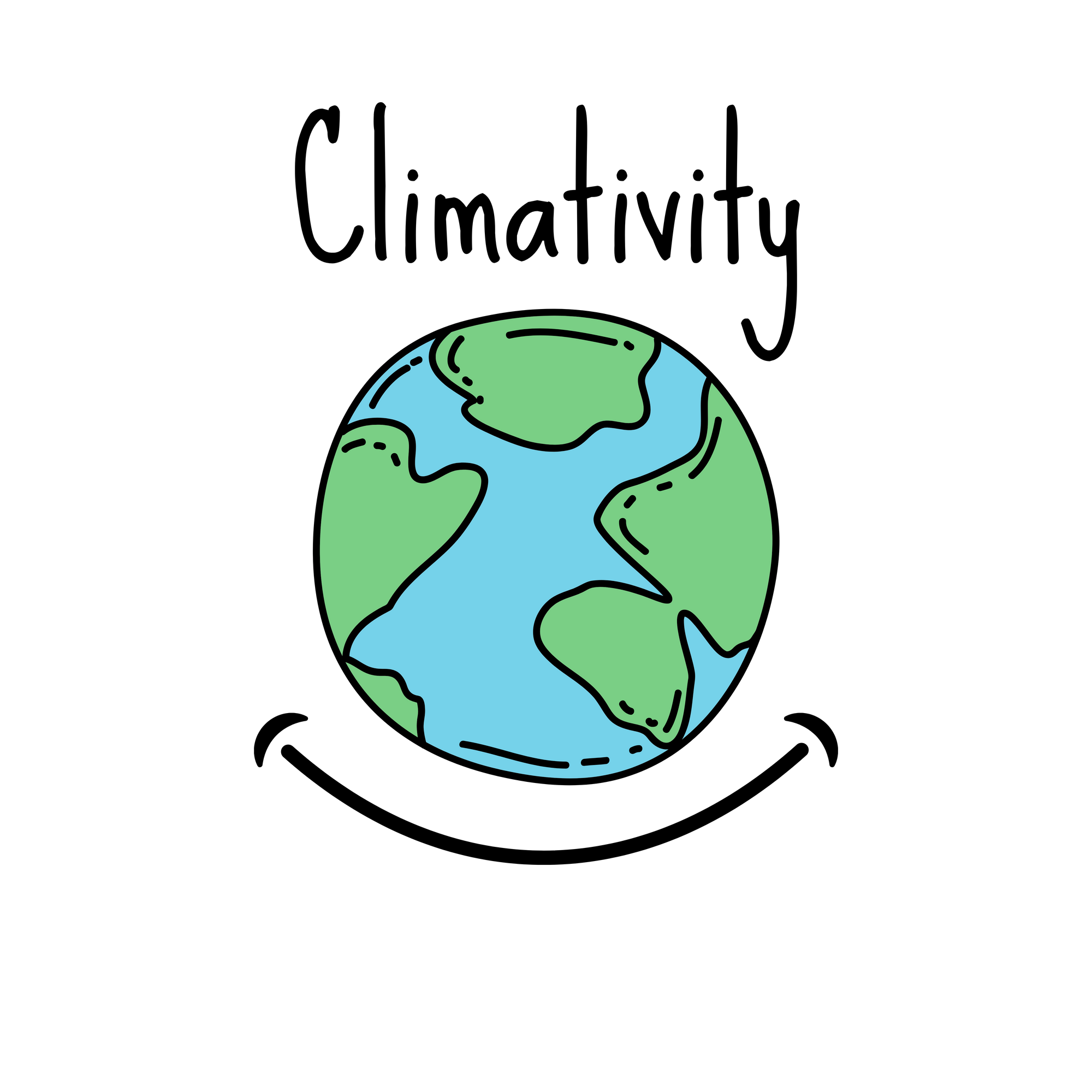
Spread this breath of fresh air🪴
By supporting Climativity, you're helping these good stories reach more people around the world.
Support good news & independent publishingSee you again soon,
Jacob
P.S. some important info:
- *: I get a commission from these links at no additional expense to you (usually, you'll get a discount!).
- I write and publish this newsletter using Ghost, and I truly love the platform. If you want to start your own newsletter, consider Ghost* (and let me know – I'll be your first subscriber!)
- This is an independent publication that relies on reader feedback to continuously improve. Never hesitate to reach out with comments or questions.
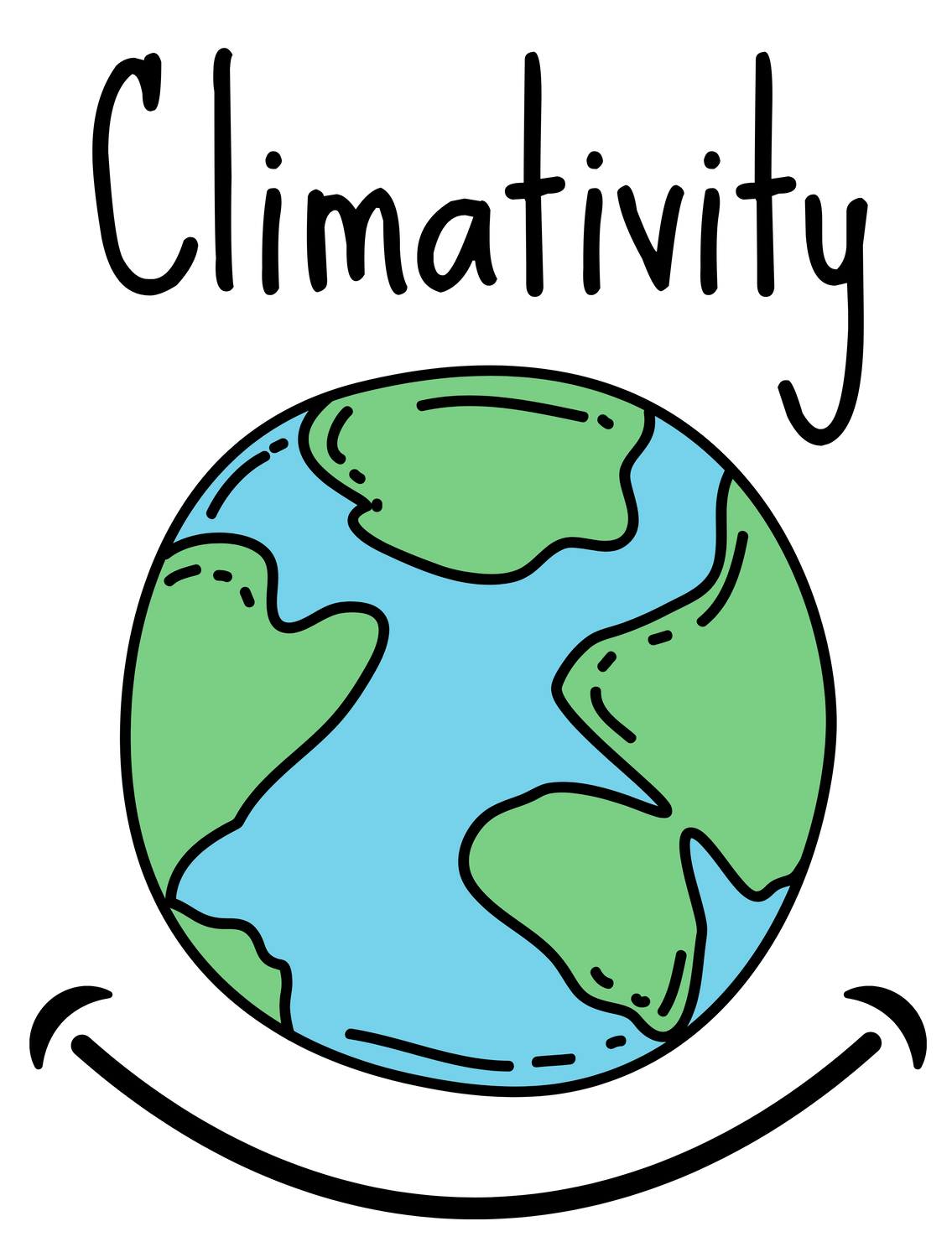



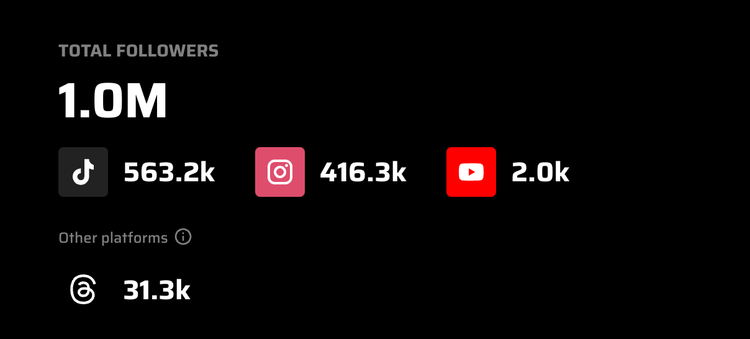




Member discussion